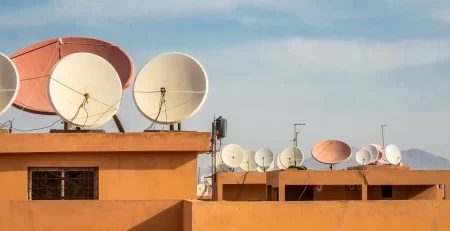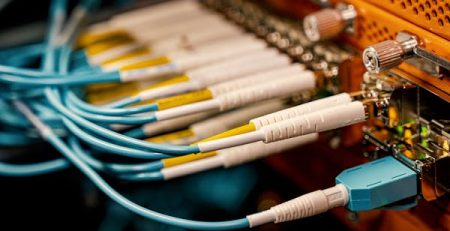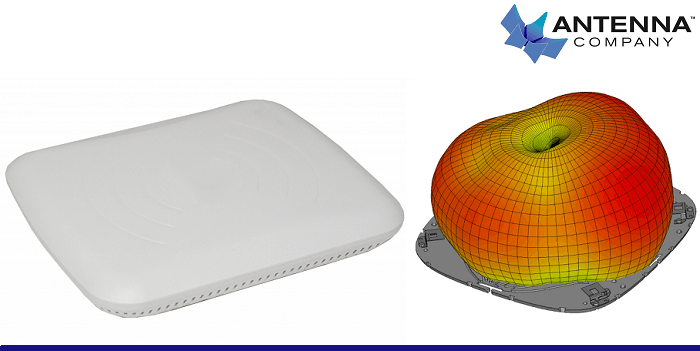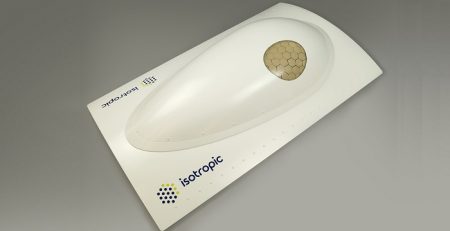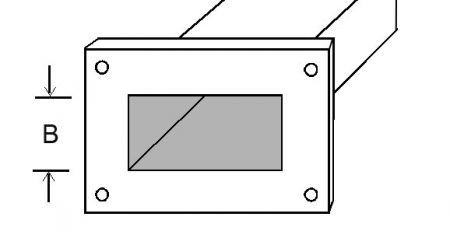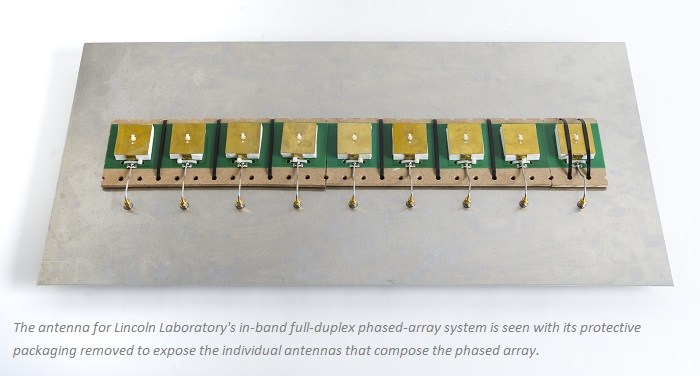What Are Horn Antennas And Why Are They Widely Used in Microwave Technology Today?
Understanding Horn Antennas in Microwave Systems
What Is a Horn Antenna?
A horn antenna is a microwave antenna constructed from a flared waveguide with the shape of a horn, which focuses radio waves into a beam. It is a transition between the waveguide and the free space for effective transmission and reception of electromagnetic energy. Horn antennas are widely applied in microwave systems because of their favorable directional characteristics, ease of fabrication, and uncomplicated compatibility with various frequency bands.
Key Characteristics of Horn Antennas
Horn antennas possess several defining features that make them ideal for high-frequency applications. Our RF antennas have linear polarization. The material in RF horn antennas is Al or Cu. The impedance used in the horn antenna is 50 ohms. These characteristics ensure minimal signal loss and high efficiency during operation. Additionally, the Broadband dual ridged horn antenna presents a very low VSWR in its minor frequency range and a very broad bandwidth. This low Voltage Standing Wave Ratio (VSWR) enhances signal integrity by reducing reflection losses.
Horn antennas also exhibit increasing gain with frequency, which compensates for cable losses over wide bandwidths. For instance, these wideband horn antennas cover the frequency range from 0.1GHz to 40GHz with the gain from 4 dBi to 20 dBi VSWR, is <2.7, and a Single Linear Polarization.
 Common Applications in Microwave Technology
Common Applications in Microwave Technology
Horn antennas are used extensively across various microwave applications such as radar systems, satellite communications, electromagnetic compatibility (EMC) testing, and wireless communication system development. This broadband dual-ridged horn antenna is an advanced tool designed for various telecommunications, satellite, radar, and high-frequency RF testing applications. Their ability to operate across a wide frequency range makes them suitable for modern applications, including 5G NR Sub-6GHz testing and Ku-band satellite links.
Exploring the Types of Horn Antennas
- Pyramidal Horn Antennas:Pyramidal horn antennas are among the most common types used in microwave systems. They feature a rectangular waveguide that flares out into a pyramidal shape. Standard gain horn antenna OLB-159-15 is known as a waveguide horn having the waveguide of WR-159. These antennas offer stable performance across specific frequency bands and are known for their structural strength due to machined aluminum construction.OLB-284-15 is manufactured using machined aluminum sections, ensuring the pyramidal structure of the antenna, as well as its structural strength and polarization characteristics. They are widely used in fields such as air traffic monitoring, maritime navigation support, and environmental observation.
- Conical Horn Antennas:Conical horn antennasexpand from a circular or rectangular waveguide into a conical flare. A conical horn antenna forms a flat change between the waveguide and free space whilst also pointing the radio waves in a beam. They support both linear and circular polarizations when equipped with circular waveguides. Conical horn antennas covers the frequency range from 50GHz to 140GHz, standard gain from 14dbi to 25dbi, and VSWR is 1.15:1. These properties make them ideal for high-frequency applications requiring minimal reflection loss and precise beam control.
- Sectoral Horn Antennas:Sectoral horns are variations of rectangular horns where only one dimension is flared—either vertically or horizontally—resulting in two subtypes, E-Plane sectoral hornsand H-Plane sectoral horns.E-Plane sectoral horns flare in the electric field (E-plane) direction only. They produce narrow beamwidths in one plane while maintaining compactness in design.H-Plane sectoral horns flare only along the magnetic field (H-plane) direction. They provide directional radiation patterns with broader coverage along one axis. Waveguide flares act as sectoral E-plane horns, with two wedges placed between the flares, enhancing the signal’s propagation.
Why Horn Antenna Arrays Are Preferred Today
Reliability and Efficiency in High-Frequency Applications
Horn antenna arrays offer superior reliability due to their robust mechanical design and consistent electrical performance over wide bandwidths. The radiating section is a pyramidal horn, designed to match the double-ridged waveguide with free space, ensuring high gain and low return loss. This makes them indispensable tools for environments demanding precise signal control, such as aerospace telemetry or military radar systems.
Simplicity in Design and Fabrication
Another reason for their popularity lies in their straightforward design principles. At RFecho, we specialize in producing the highest quality RF Horn antennas for every possible need. Their mechanical simplicity allows them to be fabricated using standard machining techniques while still achieving excellent performance metrics like low VSWR and high gain.
For instance, standard gain horn antenna has a Linear polarization. The horn antenna is integrated with the waveguide-coaxial transition section into a single unit, resulting in better VSWR (Voltage Standing Wave Ratio) and enhanced structural strength.
Compatibility with Modern Microwave Equipment
Horn antenna arrays are highly compatible with modern test setups due to standardized interfaces like WR-series waveguides. We offer a wide range of waveguide sizes. Each antenna is manufactured with precise dimensional tolerance control for accurate, consistent, and reliable performance. This makes them easy to integrate into existing laboratory or field configurations without additional adapters or modifications.
 Future Trends in Horn Antenna Array Development
Future Trends in Horn Antenna Array Development
Integration with Advanced Materials and Technologies
Future developments will likely focus on integrating new materials that enhance thermal stability and reduce weight without compromising performance. Composite materials may replace traditional aluminum structures for lighter yet stronger arrays suited for airborne or space-based platforms.
Moreover,this antenna also enhances effectiveness in EMC testing to ensure equipment compliance with stringent industry standards, indicating growing demand for precision-engineered solutions across regulatory domains.
Potential for Miniaturization and Higher Frequencies
As communication technologies develop to millimeter-wave frequencies (e.g., above 30 GHz), small but effective solutions are increasingly in demand. The conical horn antenna is capable of linear and circular polarization is in the frequency range 58 GHz to 68 GHz a nominal gain of 14 dB.
Such technology points toward additional advancements in miniaturized forms that can support even higher frequencies with good features like low sidelobe levels.
These developments will further solidify horn antenna arrays’ position not only as obsolete technologies but also as potential technologies pivotal to next-generation communications infrastructure.
Horn antennas remain a cornerstone of microwave technology due to their reliability, efficiency, and versatility across a wide range of applications. The push toward higher frequencies, such as millimeter-wave bands, emphasizes their miniaturization capability and capacity to remain precise and low in sidelobes. With the world’s industries demanding increasingly better performance, horn antennas will continue to play an important role in shaping the future of microwave communications, ensuring precision and reliability in the future.
FAQ
Q: What applications commonly use horn antennas?
A: Horn antennas are used in radar systems, satellite communications, EMC testing, and wireless communication development, including 5G NR Sub-6GHz testing and Ku-band satellite links, due to their wide frequency range and reliability.
Q: Why are horn antennas widely used in microwave systems?
A: Horn antennas are favored for their directional characteristics, ease of fabrication, and compatibility with various frequency bands. Their low VSWR and high gain ensure minimal signal loss and high efficiency in applications like radar and 5G testing.
Q: How do horn antennas achieve high performance?
A: Horn antennas achieve high performance through low VSWR (e.g., <2.7 for broadband dual-ridged horns), high gain (4-25 dBi), and robust materials like aluminum or copper, ensuring minimal signal loss and precise beam control.
Q: What future trends are expected for horn antennas?
A: Future trends include using advanced materials for lighter, more durable designs and miniaturization for higher frequencies (e.g., above 30 GHz). These advancements will support applications in aerospace, space, and next-generation communications.

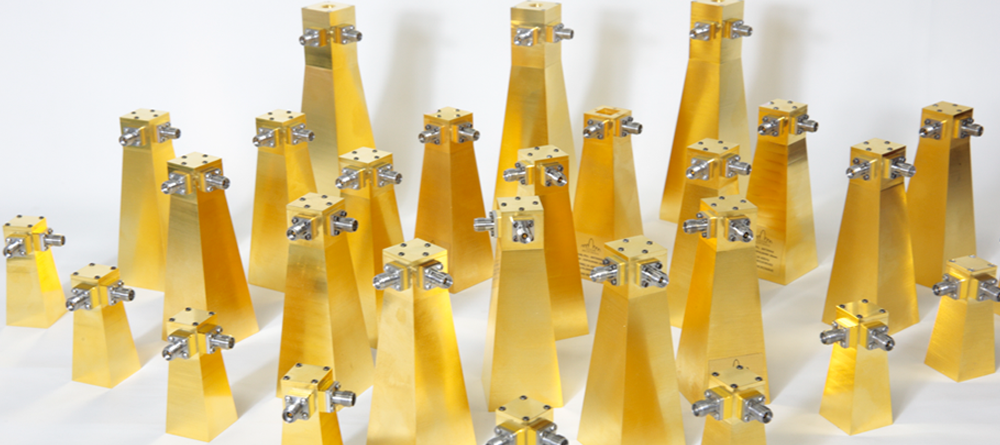
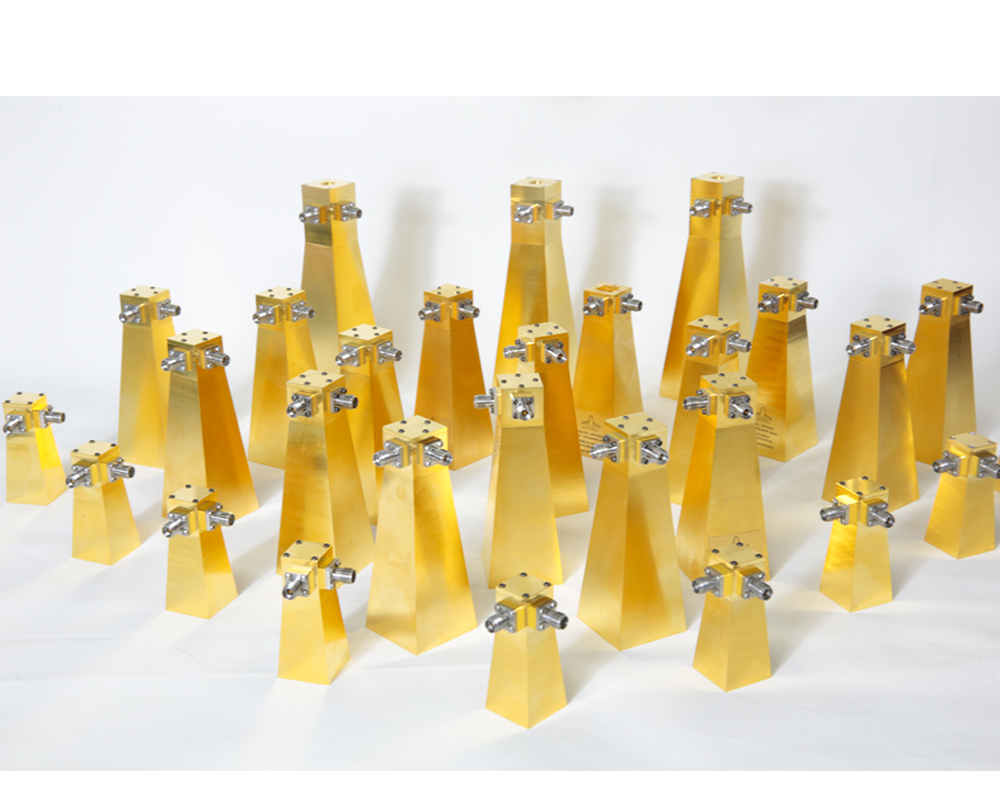 Common Applications in Microwave Technology
Common Applications in Microwave Technology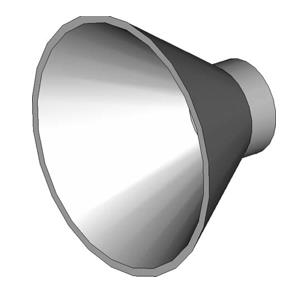
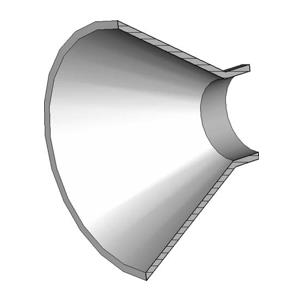
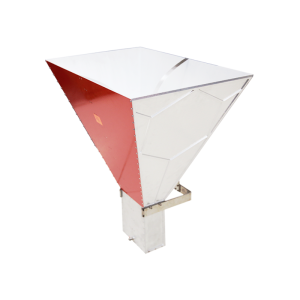 Future Trends in Horn Antenna Array Development
Future Trends in Horn Antenna Array Development